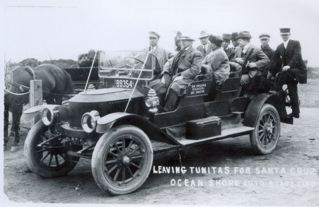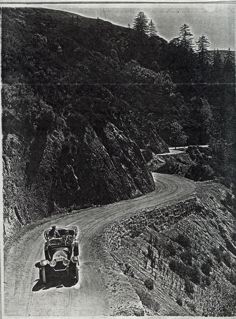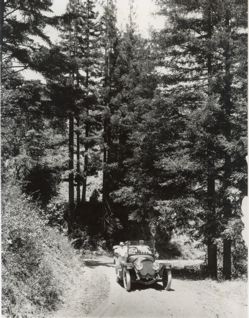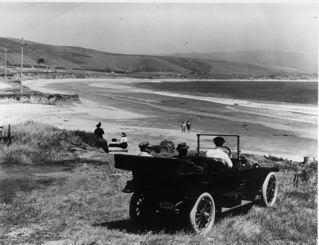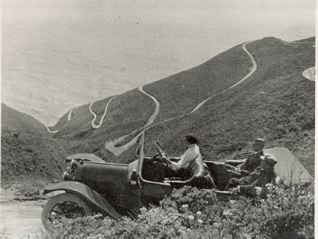âThere were landslides from time to time. The Pedro Pt/Devilâs Slide area was a particularly bad section. On one occasion, I think around 1915, as a result of some fairly torrential storms, about a mile-and-a-half or two miles of right-of-way track just suddenly dropped from right under and fell into the ocean…”
As told to me in 1980 by Randolph Brandt, whose father was an investor, a stockholder, in the Ocean Shore Railroad:
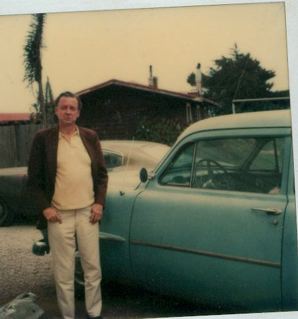
âIn 1907 they got a train into Rockaway, no Vallemar. I think the first train rolled into Vallemar around 1907. They sent an engine down there with two coachesâand a load of people, a lot of promotion and activity.
âPeople were assured that this was going to be the new âConey Island of the Westâ. All sorts of grandiose plans and promoters were springing up. And these communities along the way which were yet unnamedâwere coming to life like Granada.
ââ¦The depot in San Francisco was located at 12th & Mission Streets. â¦
âThey even invited people to go down on weekends to give âem a free ride down thereâand a free lunchâand then when you got off the train down there, all these salesmen were there busy. Sales slips, you know, sign on the dotted line to buy lots.
âThey assured people the railroad would be finished within a year or twoâand have wonderful rapid transit right into the heart of San Francisco. Business was so good for awhile that they didnât have enough coaches so they dragged out a bunch of flat cars and put benches in them, you know, and people rode flat cars with benches down there.
âIf any of you have eer driven in an open car along here [Devilâs Slide] when itâs pretty windy, you can imagine how some of the ladies must have felt having their hats blow offâand I donât know what else especially when theyâre going around Pedro Point and Devilâs Slide.
âIt gets pretty windyâespecially looking over the edge of a flat car and seeing the ocean down below on the edge of the cliff.â?
Randolph Brandt smiled and laughed.
âMust have been quite an experience.
âThere were landslides from time to time. The Pedro Pt/Devilâs Slide area was a particularly bad section. On one occasion, I think around 1915, as a result of some fairly torrential storms, about a mile-and-a-half or two miles of right-of-way track just suddenly dropped from right under and fell into the ocean.
âLuckily, there were no trains in the area at the time.
âIt disrupted service for awhile. They ran trains as far as they could go to where the right-of-way caved offâenough space left, apparently, and then brought in a train from the south and passengers got off the train, walked along the edge of cliff âtil they got to the other trainâand then ran the train backwards all the way to Tunitas [south of Half Moon Bay]
âAnother problemâthe boulders came off the cliffs every once in a while onto the trackâ¦.â?
â¦To be continuedâ¦


